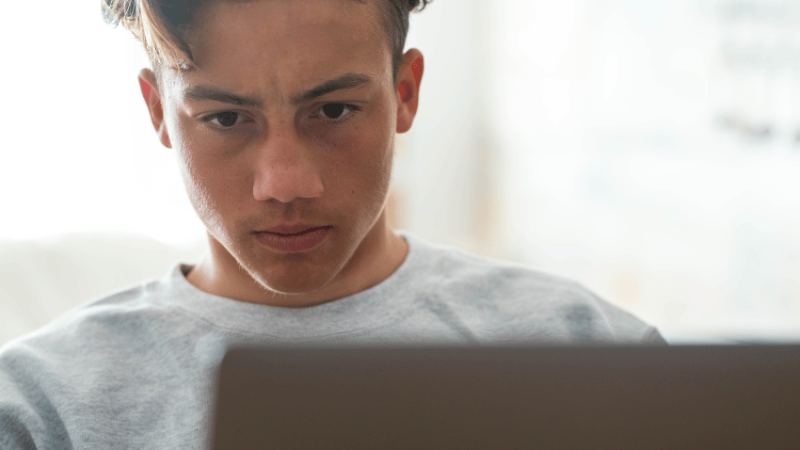Change Students’ Behaviour by Changing the Social Norms of your Classroom

Not happy with the prevailing culture in your classroom? With a little understanding about how normative messages work, you can start to change your students’ attitudes, says David Didau…

- by David Didau
- Writer, speaker & senior lead practitioner for English at OAT Visit website

Human beings are social animals and as such are finely attuned to picking up messages about what’s socially acceptable. If we want to change students’ behaviour, we need to change the messages we broadcast about what is socially normal.
Helpfully, in a review of the factors that influence alcohol consumption amongst university students, Brian Borsari and Kate Carey identified three factors of which we should be aware when considering how to communicate social norms:
- Descriptive and injunctive norms
We feel pressure to align our behaviour with those around us and will tend approve of what we see. For example, if everyone else is drinking to excess, we will be more likely not only to join in but to see it as the correct way to enjoy a night out. In a classroom, if students see everyone else getting down to work without fuss, they will see this as the right way to behave and want to join in so as to be approved of by their peer group. - Pluralistic ignorance
We tend to believe that we’re more conservative than everyone else so if we drink, say, five pints, we will assume everyone else has drunk six or seven. Children are likely to view their own anti-social behaviour as less extreme than others’, even though to a teacher it would seem to be identical. - Attribution theory
We assume what we see is normal. If on our first acquaintance with a group everyone gets horribly drunk we will assume they always drink like that and up our own consumption accordingly. Everyone else will make the same observation and also drink more, leading to an elevation of social norms. Similarly, if one child gets away with not handing in their homework then it’s clearly normal to get away with it, and eventually handing in homework becomes the exception rather than the norm.
Herd immunity
Let’s say we want to communicate the normative message that everyone hands in homework on time, how would we start? First, we don’t need to get it out directly to every student.
If farmers need to eliminate a disease from a herd, only a critical mass of the cows need to be immunised. We can achieve this sort of ‘herd immunity’ in the spread of normative messages; if enough children are told handing in homework is normal, everyone else will fall into line.
Instead of randomly picking students to spread our normative message, it’s worth knowing that some of them have a disproportionate social influence.
In a fascinating study across 56 schools, Elizabeth Paluck and colleagues identified the students most likely to spread positive normative messages to prevent the spread of bullying.
They found that a relatively small group of highly influential students acted as a weather vane, changing the social climate of their schools; if they acted a certain way or stated a belief, their peers would be more likely to fall in line.
In the frame
A second important finding from social psychology that we should bear in mind is to avoid negative framing. Our tendency is to avoid risks when they’re framed negatively and embrace risks when a positive frame is presented.
For instance, we’re happy to pay home insurance on the off chance that our house is burnt to the ground, but we’d likely be unwilling to gamble the same amount of money on a horse race.
Insurance makes us feel secure – we won’t lose what’s already ours – whereas gambling makes us feel we might lose what we already own. Both tend, on average, to result in a similar net loss, but how we feel about this loss is very different.
What students see and hear around them becomes normal. If we say things like, “I’m disappointed that no one has handed in their homework,” we’re unwittingly communicating the idea that it’s normal not to hand in your homework.
If instead we say, “I’m really pleased to see that so many of you have handed in the homework,” we communicate the idea that doing homework is normal.
September is a great opportunity to start everything afresh. By harnessing the power of normative messages you can make small but significant changes to students’ attitudes and behaviour.
David Didau is an independent education consultant and writer. He blogs at learningspy.co.uk.










